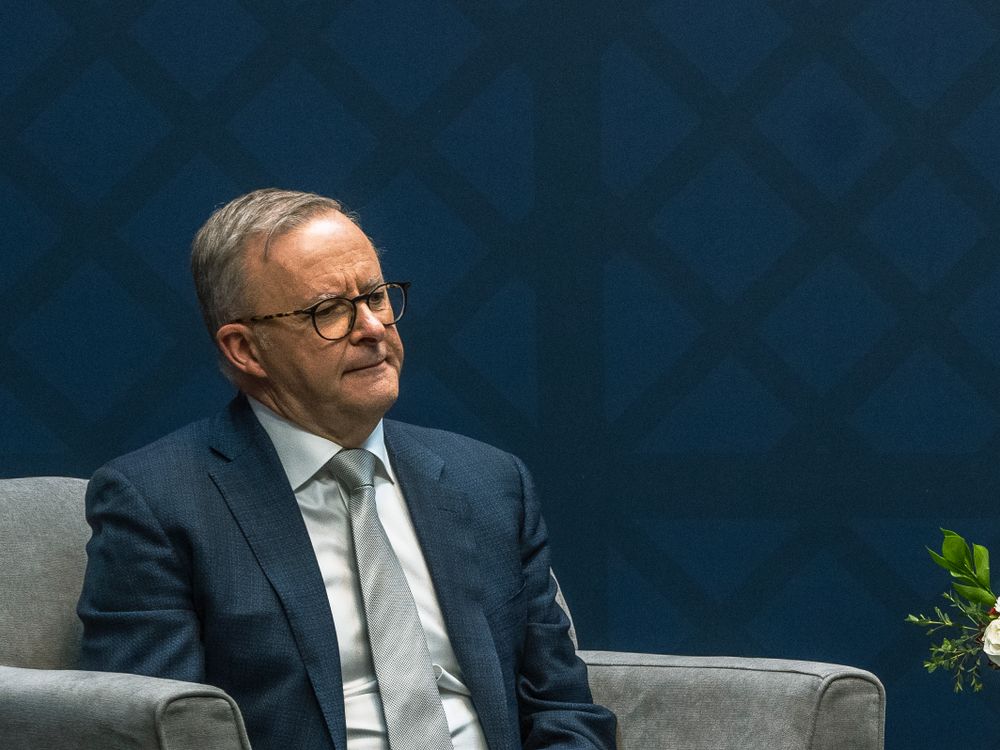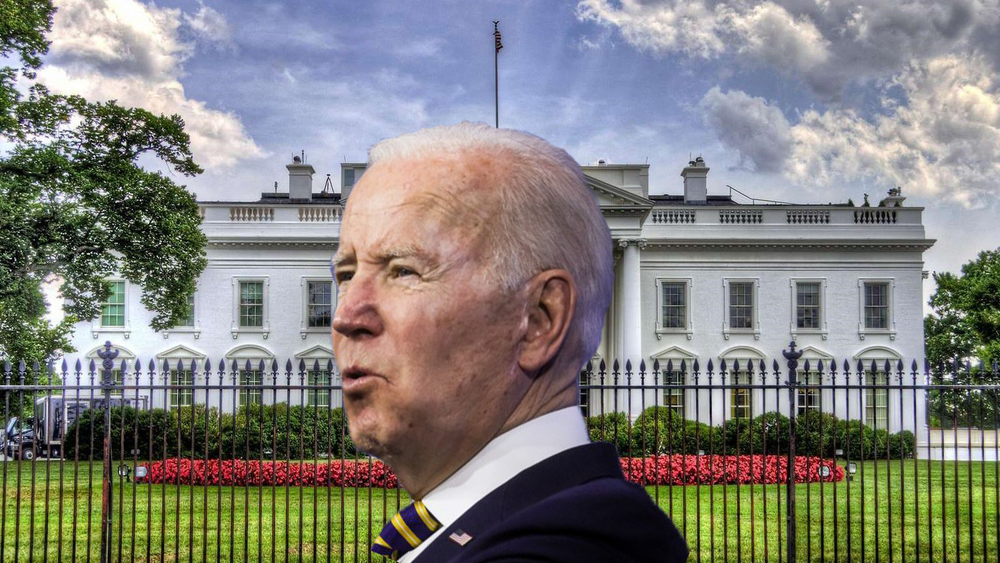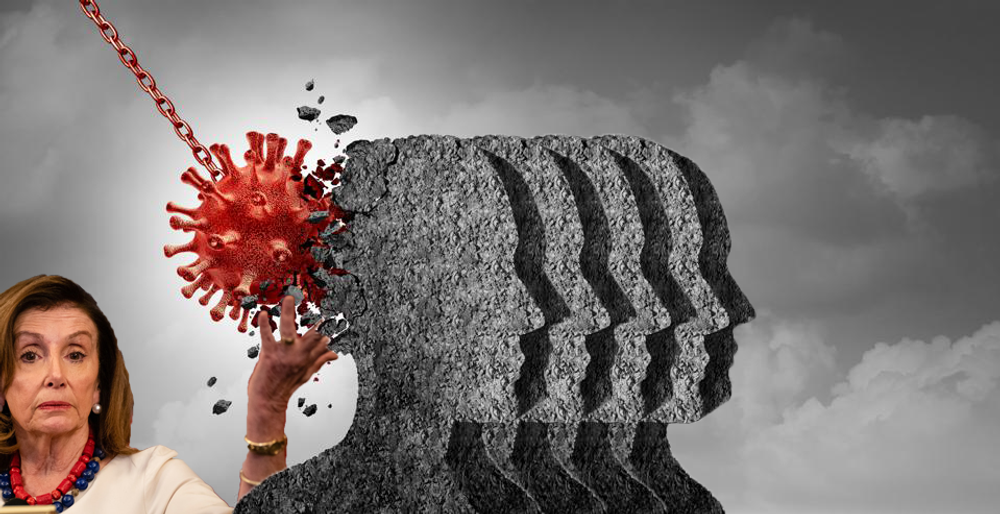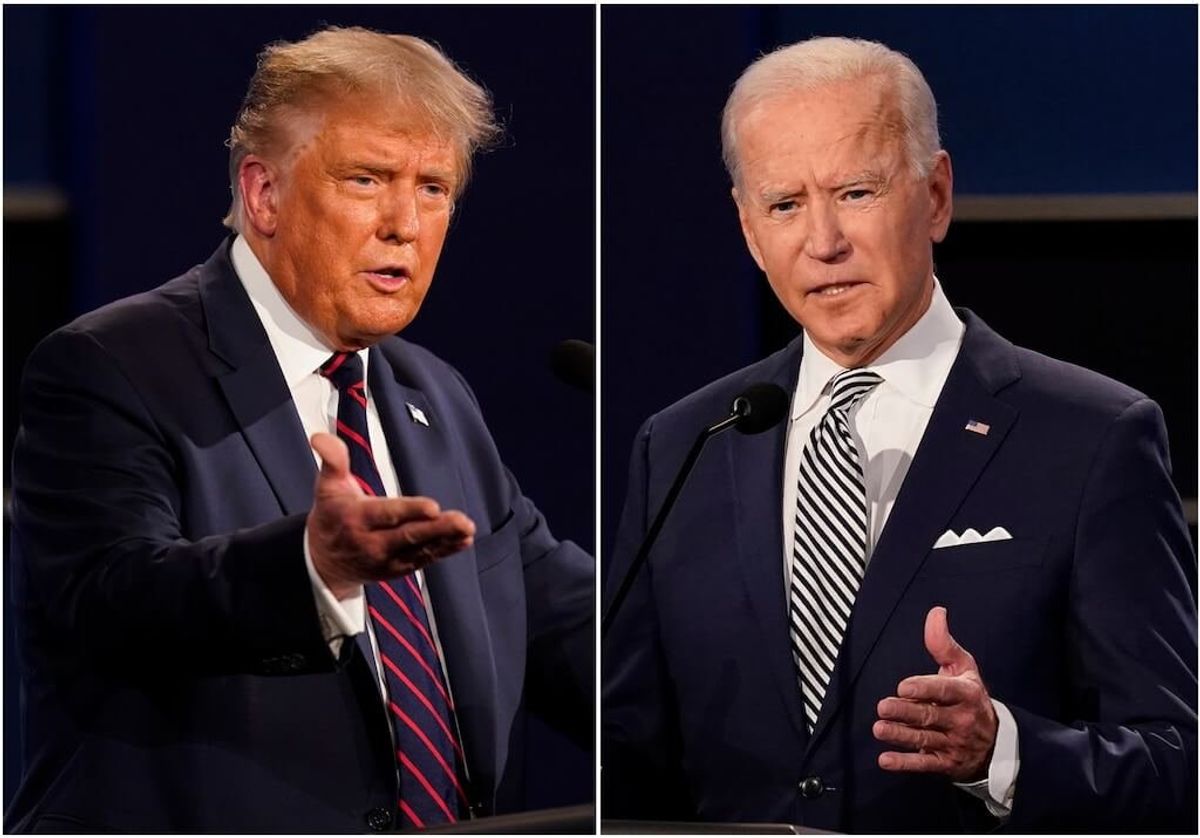
Where Trump and Biden Differ on Key Issues
Voters choosing between President Donald Trump and former Democratic Vice President Joe Biden in the U.S. presidential election should have no difficulty distinguishing between the two men on policy questions.
The differences in the candidates’ positions on a large variety of issues – climate, taxes, trade, race relations, national security, immigration, and above all the handling of the coronavirus pandemic – are stark and provide voters with two very distinct options for the direction of the country over the coming four years.
In general, President Trump has governed as he campaigned four years ago, as a norm-busting Republican iconoclast who forges his own path. That’s true both in his relationship with other nations, where his “America First” philosophy has tested the bonds between the U.S. and long-time allies, and in domestic politics, where he has consistently pushed the boundaries of executive authority, frequently finding himself reined in by the federal judiciary.
Biden, by contrast, has campaigned on a combination of largely progressive policy positions coupled with a promise that he will return the nation to a more traditional form of politics – one less focused on Twitter and mass rallies and more on detailed policy debates and legislative deal making.
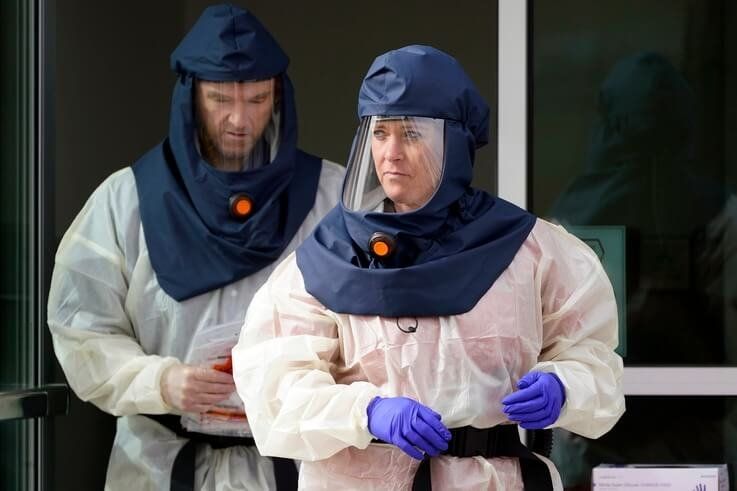
Coronavirus response
With more than 225,000 Americans dead in the coronavirus pandemic and daily new cases at the highest level ever, it has become clear that the Trump administration’s plan for dealing with the virus hinges mainly on the development of vaccines and therapeutic treatments for those infected, rather than a concerted effort to slow transmission rates.
On Sunday, White House Chief of Staff Mark Meadows explicitly said that the administration does not believe it can “control” the virus. The administration, and the president himself, have downplayed the importance of wearing masks, which public health experts say would sharply reduce infection rates and save lives.
Biden supports the development of vaccines and therapeutic treatments, but at the same time advocates for a more active federal approach to containment of the virus. Biden has repeatedly said that he believes a nationwide mask mandate is both legal and necessary.
Both Trump and Biden support the reopening of schools, but where Biden proposes providing federal funding to help schools open safely, Trump has proposed withholding federal money from schools that fail to reopen.

Climate change
Though he frequently says that he wants all Americans to have clean water and clean air, President Trump has shown little interest in taking the step that experts believe would go farthest toward ensuring both: reducing the use of fossil fuels. Trump withdrew the U.S. from the Paris Climate Accord and has taken multiple steps to expand oil drilling and coal extraction in the United States.
Biden has proposed a $2 trillion plan to reduce greenhouse gas emissions, the key driver of global warming, and would push to make the generation of electricity in the U.S. carbon-neutral by 2035. Though he has not adopted the Green New Deal program supported by many progressive Democrats, he does support some elements of it. He wants to push the U.S. to the forefront of the expanding market for electric vehicles and promises to return the country to the Paris Accords.
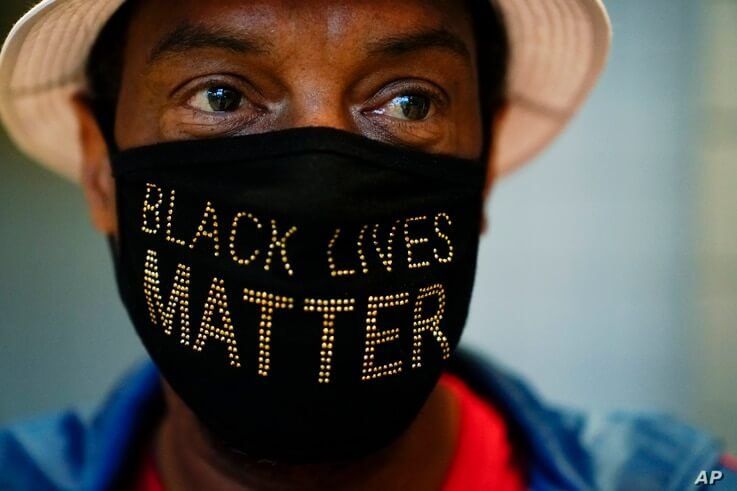
Law enforcement and race relations
Over the past year, while protests over the deaths of multiple unarmed African Americans involving police have roiled cities across the country, President Trump has made it clear that he stands squarely on the side of the law enforcement community. He has advocated for get-tough policies with demonstrators, especially those using violent tactics, and has been equivocal, at best, when it comes to denouncing white supremacist groups that have mounted counterprotests.
Biden has tried to walk a fine line between calling for order and condemning violence on all sides, and a growing movement within his party to radically reform law enforcement practices. He has not supported efforts to “defund the police.” Rather, he has said that he is open to providing more support for programs that would give communities an alternative to armed police response when faced with individuals having mental health or substance abuse crises.
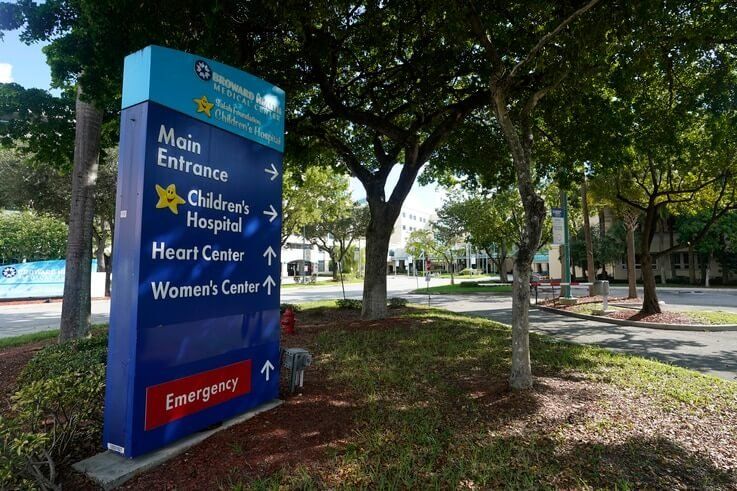
Health care
President Trump’s administration is currently before the Supreme Court, arguing to have the Affordable Care Act, popularly known as Obamacare, struck down in its entirety. If successful, the move would throw the insurance status of an estimated 23 million Americans who rely on the law’s subsidies into doubt, and eliminate many benefits that have expanded coverage, such as a ban on insurers discriminating against people with pre-existing conditions. Though Trump has long promised to provide a plan that is better and cheaper than the ACA, no such plan has ever been made public.
Biden, who was vice president when the ACA was signed into law by President Barack Obama, wants to expand the program by offering a “public option” for insurance that would allow people to buy into a Medicare-like program if they choose. He also proposes lowering the age for Medicare eligibility from 65 to 60.
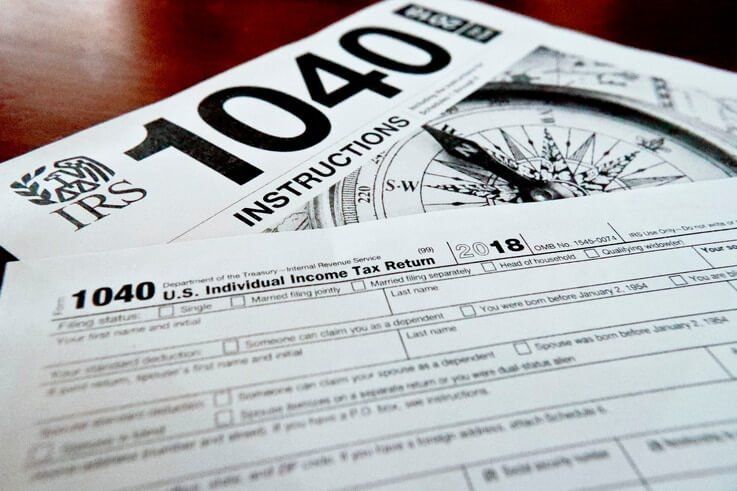
Taxes
President Trump has campaigned on the successful passage of his 2017 tax cut and promises of additional cuts in the future. He has suggested that he wants to cut taxes on capital gains, the profits investors make when they sell stocks and bonds that have increased in value, and has said he is considering deferring or forgiving payroll taxes as a form of economic stimulus. Because payroll taxes fund the Social Security retirement benefit relied on by millions of Americans, the proposal has caused concern about the program’s future.
Biden has not been shy about his intention to raise taxes on the wealthy and on corporations. He would roll back many of the tax breaks in the 2017 legislation, while promising that the only individuals who would see their taxes increase are those making more than $400,000 per year. Biden also proposes raising the tax on corporate profits from 21% to 28%.

Trade
President Trump’s trade policy has focused largely, though not completely, on bilateral discussions rather than the kind of multilateral trade pacts that were in favor before he took office. He has imposed punishing tariffs on goods from countries that, he believes, don’t treat the U.S. fairly, particularly China.
Those tariffs, contrary to his frequent statements, are effectively a tax on U.S. consumers looking to purchase goods from the affected countries. He successfully renegotiated the North American Free Trade Agreement, but long-running talks aimed at improving relations with China appear to have stalled.
Biden has said that he would reconsider one of the first moves Trump made on taking office: withdrawing the U.S. from the Trans-Pacific Partnership, a massive trade deal involving companies all around the Pacific Rim. He has also promised to reevaluate Trump’s tariffs, suggesting he would roll back at least some of them.
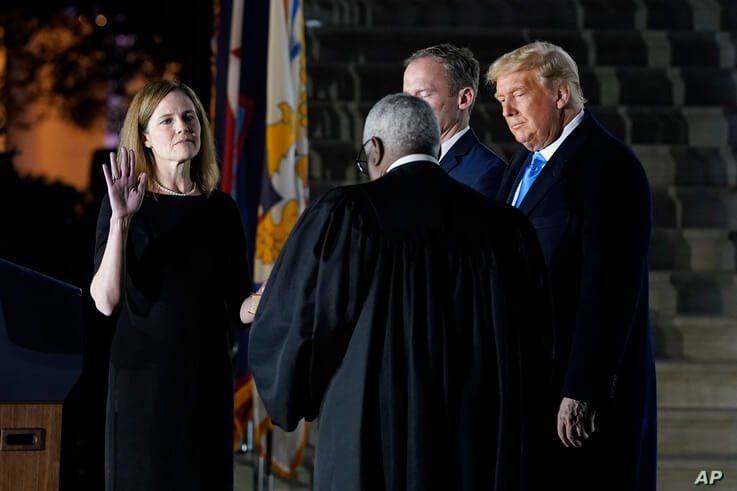
Federal courts
With the help of the Republican-controlled U.S. Senate, President Trump has been able to name hundreds of conservative judges to lifetime appointments on federal courts at all levels. And with the confirmation of Amy Coney Barrett to the Supreme Court on Monday evening, his third appointment to the nine-member panel, Trump appears to have cemented a 6-3 conservative majority on that body for the foreseeable future.
Many Democrats believe that Senate Republicans have unfairly stacked the courts with conservatives, first by blocking lower court nominees made by Trump’s predecessor, Barack Obama, and then refusing to vote on Obama’s appointment to a vacant Supreme Court seat in the 2016 election year. The determination of Senate Majority Leader Mitch McConnell and Trump to have Barrett confirmed just eight days before the November 3 presidential election has convinced many that a Biden administration ought to “pack” the Supreme Court by adding more justices to the nine currently serving.
Biden has not explicitly supported the expansion of the high court but has said that he would create a commission to study the idea.

National security
Trump’s approach to national security has focused on isolationism – strengthening the U.S. military through increased defense spending while attempting to reduce the number of forces posted overseas, both in high-conflict areas like Afghanistan and Iraq, and on the soil of U.S. allies like South Korea and Germany.
His frequent claim that the other members of the North Atlantic Treaty Organization “owe” money to the U.S. and his suggestion that the U.S. might not honor its mutual defense obligations to other NATO members have shaken generations-old alliances.
Biden, while a strong supporter of the military and an advocate for the judicious deployment of U.S. forces abroad, is more of an internationalist than Trump. The one-time chairman of the Senate Foreign Relations Committee has strong relationships with many of the leaders of America’s traditional allies and would be expected to begin rebuilding those ties if elected.
 US Senate Races Tighten Ahead of ElectionNext PostMaintaining Lead in Polls, Biden Plays Offense in Campaign’s Last Days
US Senate Races Tighten Ahead of ElectionNext PostMaintaining Lead in Polls, Biden Plays Offense in Campaign’s Last Days
